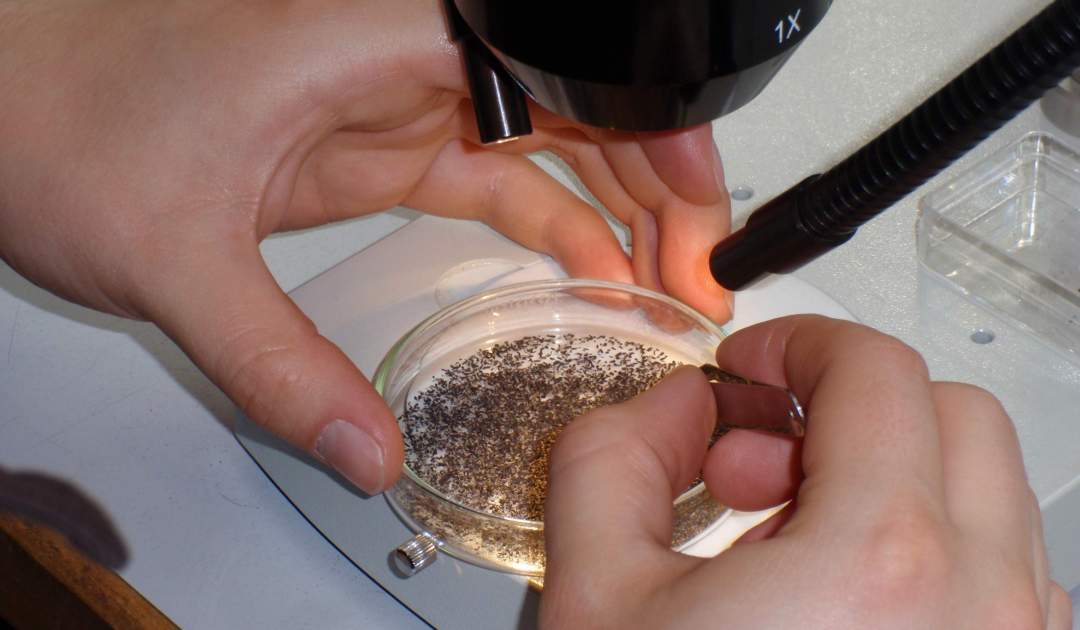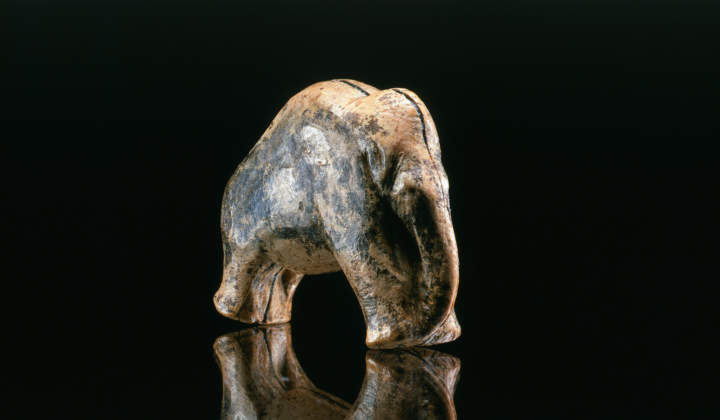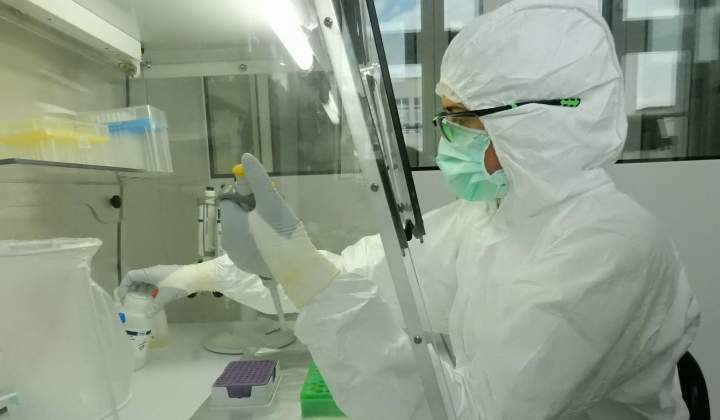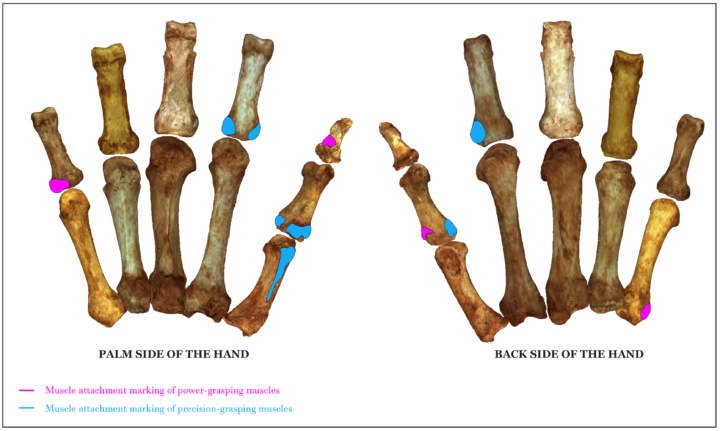
Collection
The archaeobotanical collection at the Institute for the Archeology of natural sciences at the University of Tübingen was founded in the 1970s by Dr. Helmut Schlichtherle.
From 1987, the collection was further expanded through the acquisition of recent seeds and fruits from botanical gardens and intensive collection activities in Europe and the Middle East, and now includes around 20,000 plant taxa, which are used primarily by archaeobotanics to determine plant finds from archaeological excavations.
Another important area of the collection are archaeobotanical finds of cultivated and wild plants from famous excavations in the orient, such as Troia and Qatna, as well as from Young Paleolithic sites in Iran, all of which provide information about the environment, agriculture and nutrition of the people of that time.
The archaeobotanical collection has been a fundamental tool for research and teaching in the following areas:
- Domestication and development of crops since the late Pleistocene
- Wild plant use in Epipaleolithic and Neolithic cultures of the Middle East
- Long-term development of agricultural resource management in preindustrial cultures
- Radiocarbon dating and stable isotopy of wild and cultivated plants as climate and environmental proxies in the Holocene
- Development of morphological criteria to differentiate between different diaspora species and varieties









